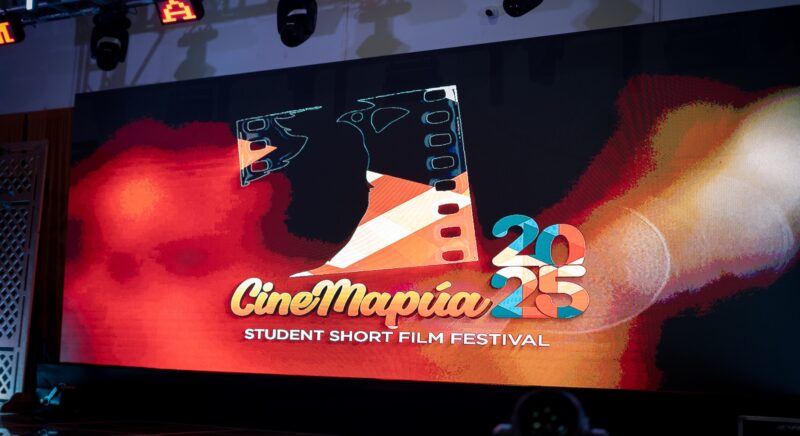Last year, in time for León Gallery’s year-end Kingly Treasures Auction, we wrote a piece on one of the showcased items: “Josephine Sleeping,” Jose Rizal’s final sculpture he dedicated to his lover, Josephine Leopoldine Bracken. However, at the time of publication, neither the piece’s historical significance nor its P31,241,600 price tag became the subject of discourse. Instead, it was why it wasn’t in a museum to begin with.
Ahead of León Gallery’s The Spectacular Mid-Year Auction—with pieces such as Anita Magsaysay-Ho’s third egg-tempera work, Vicente Manansala’s favorite masterpiece, Fernando Amorsolo’s “The Burning of Manila,” and items from the collection of Professor Ambeth R. Ocampo (including the silver quill of a young Emilio Jacinto and a copy of the Mololos Constitution) at the forefront—who’s to say that these shouldn’t be regarded as national cultural treasures belonging in a public museum?
When should artworks and historical artifacts be donated and given to the public? Do private auctions and collections negatively impact national art and cultural preservation?
READ: This 2025, The Spectacular Mid-Year Auction of Leon Gallery highlights legacy on the block
The collector’s touch
Now, auctions and private collections aren’t exactly brand-new concepts. New York’s iconic Guggenheim Museum was born out of Solomon R. Guggenheim’s personal art collection. Locally, we have the Ayala, Pintô Art, and BenCab museums, to name a few, as tangible examples of private collections that weren’t excluded from the public eye.
Auctions and buyers don’t exactly mean the hoarding of art and culture either—that a historical artifact will be hidden away and left to obscurity—it only means that its maintenance, exhibition, and safety are the sole responsibility of an individual.
However, according to León Gallery director Jaime Ponce de Leon, these collectors can also help in facilitating a piece’s movement to the public’s hands. “Some collectors and institutions buy art and historical pieces with the intention of donating them to museums. In our experience, we had a client who bought an award-winning Abueva sculpture and later donated it to the National Museum. While this may not yet be very common here, this has been done and is common in the West.”

In an industry where objectivity can be difficult to pin down, where a splash of paint on a canvas can be deemed worthy of a million-dollar price tag, private collectors and connoisseurs also play a role in determining which artists are sought after. In the same way, Vincent van Gogh’s works were only widely recognized well after his lifetime, so too can a young Filipino artist find success overnight—provided, of course, that they find the attention of the right collector.
Lifestyle.INQ journalist and editorial producer Angela Singian explains it best: “A confident attribution from a respected connoisseur can mean the difference between a forgotten canvas and an artwork on the block for eight figures.”
READ: Does who owned an artwork matter? Why provenance matters
A collector’s responsibility
While a privately-owned art piece is subject to its collector’s whims and wishes, that is not the case should it be regarded as a national cultural treasure.
According to Republic Act No. 10066 or the National Cultural Heritage Act of 2009, a national cultural treasure is defined as “a unique cultural property found locally, possessing outstanding historical, cultural, artistic and/or scientific value which is highly significant and important to the country and nation, and officially declared as such by pertinent cultural agency.”
If identified as such, the national cultural treasure is privy to a few privileges, including: priority government funding for conservation and restoration; an official heritage marker, and priority protection by the government in times of armed conflict, natural disasters, and other events.
A national cultural treasure can be privately owned, provided that they register the cultural property to the National Museum and ensure that it is not relocated, rebuilt, or defaced without permission.
León Gallery’s The Spectacular Mid-Year Auction 2025 will be happening on June 7, 2025, 2 p.m. at Eurovilla 1, Rufino corner Legazpi Street, Legazpi Village, Makati City
Follow León Gallery on their social media pages for timely updates: Facebook – www.facebook.com/leongallerymakati and Instagram @leongallerymakati.






































